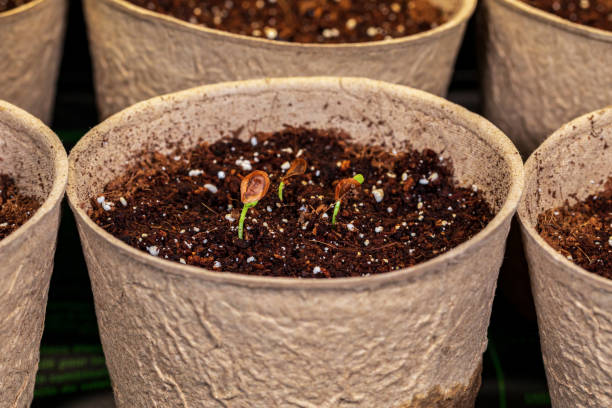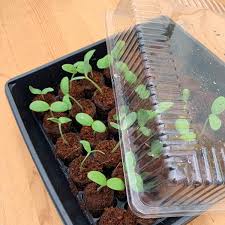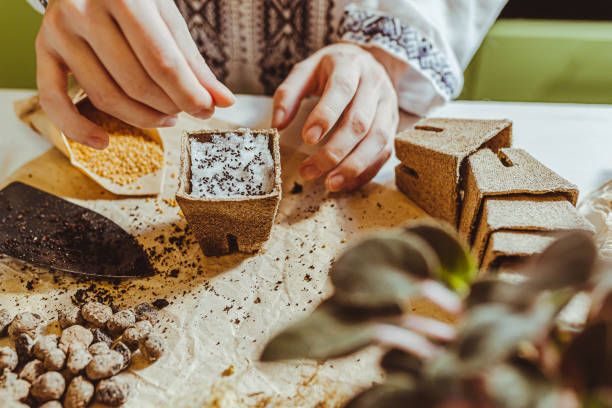Gardeners know the importance of seed stratification. Some seeds require a temperature change to trigger the end of dormancy. This dormancy helps the seed to survive unfavourable environmental conditions.
What is seed stratification?
This is a survival mechanism for seeds so they don’t germinate prematurely. Stratification occurs naturally when seeds are sown outdoors through the cold winter months.
For plants that produce seeds in autumn, this survival technique prevents the seeds from sprouting on an unusually warm autumn day. Stratification periods vary greatly between plants with some needing just a few weeks in the cold, and others needing several months.
Gardeners can manipulate the temperature and moisture to mimic the outdoor conditions under which the seeds normally stratify. They do this by mimicking nature’s seasonal cycles on a shortened predictable timescale. Gardeners usually stratify seeds to break their dormant period under controlled conditions because waiting for it to happen naturally could take weeks or even months.

Image Credit: Pexels
How to stratify your seeds
The length of time needed to stratify depends on the plant species. Naturally, this typically takes one to three months. The critical thing to remember when stratifying your seeds is any method you use requires moisture to work.
Many cold-climate native perennials require some cold stratification. If you are directly sowing your seeds in autumn no stratification is necessary winter will take care of things all on its own. However, if you miss the autumn seeding period, you can trick seeds into thinking it’s enduring a season of winter with just a refrigerator.
Here is what you need for indoor stratification:
- Seeds
- Container or plastic bag
- Paper towel or sand
- Water
Also read: How To Save Seeds For Next Season
Steps to stratify seeds
To prepare for the summer planting season, these seeds need to be chilled in a refrigerator for 4 weeks.
- Place your paper towel or sand in a large sealable plastic bag or container.
- Pour in a small amount of water so your paper towel or sand is consistently moist.
- Add your seeds
- Seal the container or bag
- Place your container of seeds in the refrigerator but do not freeze
- After the recommended period passes remove the seeds and plant them in your outdoor garden.

Image Credit: Unsplash
For seeds to germinate you need the right materials. Seed stratification can be achievable to even beginner gardeners.
ALSO, SEE:
Feature Image: Unsplash

